Globally, heating buildings is one of the largest sources of CO2 emissions. This is especially true in places where most homes use natural gas, or even oil, for their heat. To reduce emissions, there has been a push to improve heating energy efficiency in homes, through better insulation and air sealing, and the widespread deployment of electric heat pumps. Thanks to consumer initiatives and government subsidies, like the U.S. Inflation Reduction Act and state tax credits, heat pumps have become more popular. In the United States, air-to-air heat pump sales grew by around 11% in 2022, overtaking gas furnace sales after years of almost equal growth, according to the latest IEA analysis.
Annual growth in sales of heat pumps in buildings worldwide and in selected markets, 2021-2022
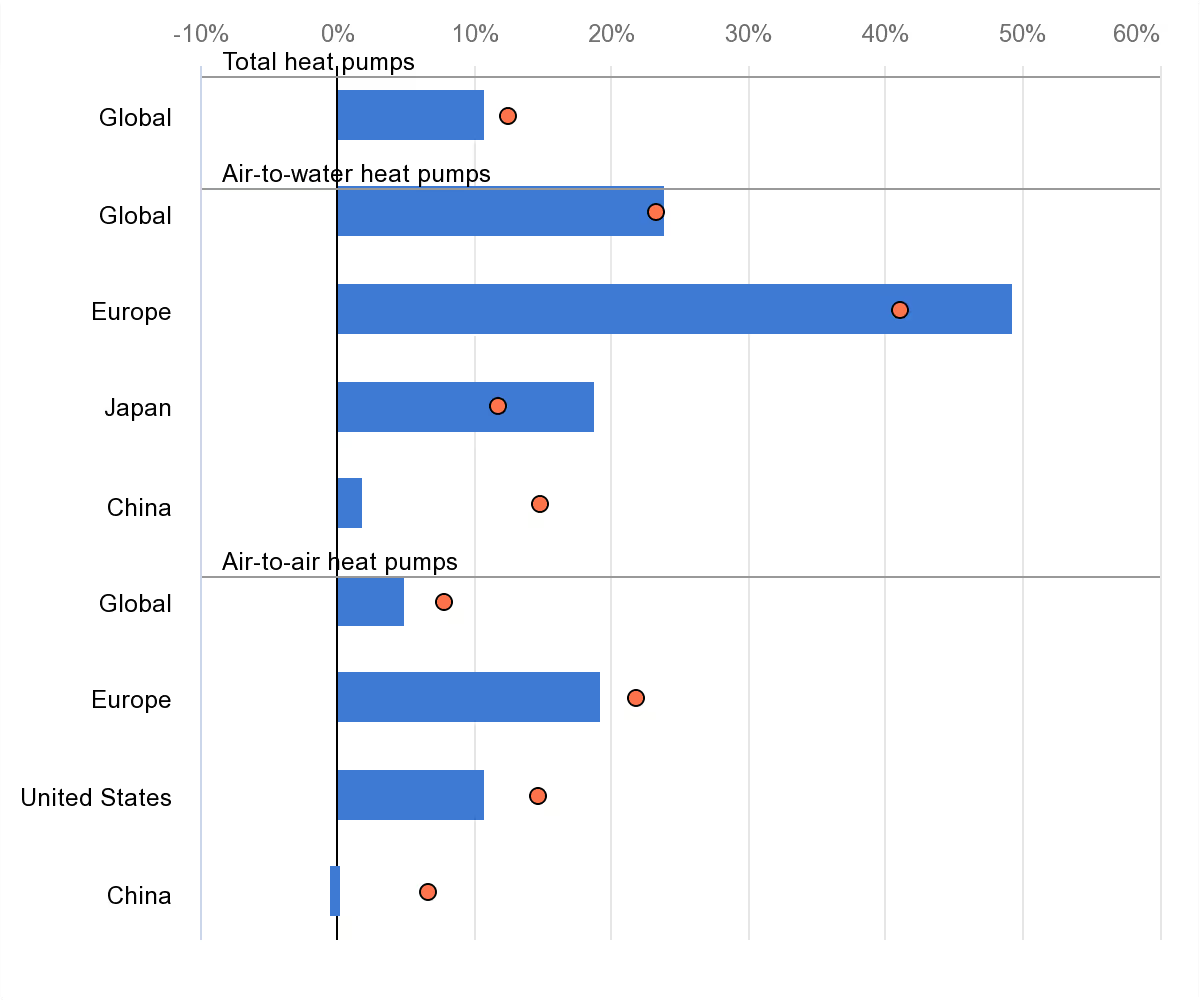
Source
IEA (2023), Global heat pump sales continue double-digit growth (https://www.iea.org/commentaries/global-heat-pump-sales-continue-double-digit-growth). IEA analysis based on data by EHPA, AHRI, CHPA, ChinaIOL, JRAIA.
Why do people convert to heat pumps?
Natural gas has long been a dependable and affordable source of home heating. To most homeowners' surprise, though, it's no longer the most effective way to heat your house on chilly winter days. So why do so many houses and businesses make the switch?
- Efficiency - Heat pumps are up to 3 times more efficient than traditional HVAC systems
- Comfort - It produces a more consistent even temperature that covers the whole area.
- Air Quality - The quality, compared to natural gas, is better and has the option to add air filters. Additionally it removes the worry of carbon monoxide issues.
- Money - Potential energy savings, tax credits, and reduction of costs in the long term.
- Reliability - Electricity is known to be a more stable energy source compared to gas.
What does this mean for winter demand forecasting?
Weather has always been the most important factor in predicting electricity demand, because when temperatures go up, homes and businesses use more air conditioning. That demand is increasing as the planet warms, but cold weather is now driving higher demand as well.
Local and regional initiatives to transition from gas to electric heating are changing demand profiles significantly. The New York ISO, for example, expects that the shift to electric heating will drive cumulative winter demand higher than summer demand somewhere around the year 2040. The graph below shows the NYISO forecast for winter load growth.
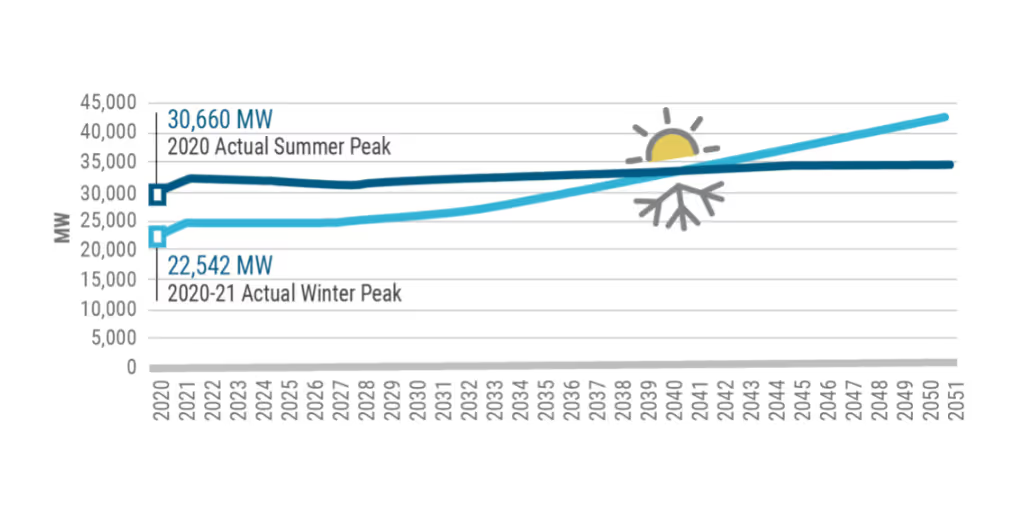
Source: New York Independent System Operator
The majority of the US does have high cooling loads, with natural gas and other fuels being the main source of heating. Consequently, summer is the peak season for electric utilities in most areas; but, by the 2040s, winter may reach its peak due to the anticipated increase in electric heat pumps substituting gas heating systems. There may be an exception to this pattern in California and Arizona, which are predicted to maintain their summertime peaking.
What are the electric heating challenges?
A common issue is that heat pumps become less efficient when temperatures get really cold, putting enormous strain on the grid and increasing the likelihood of power outages. But this is less of a concern in newer builds as they are built extremely energy efficient and the heat pump can maintain the demand.
As adoption continues to grow, heat pumps add a substantial electric load to the grid. According to an ACEEE survey of around 30 industrial heat pump projects in Europe, loads per heat pump range from approximately 25 kilowatts to approximately 1.25 megawatts. Comparatively, a normal home central air conditioner may use 3.5 kilowatts. This increase in demand puts strain on an already stressed grid. According to the Brattle Group, “fully electrified heating and transportation (light- and heavy-duty vehicles, rail, etc.) could add up to 3,000 terawatts to U.S. electricity demand by 2050, nearly doubling 2015 electric load.”
How does this affect energy forecasting?
If we don't electrify our existing systems, the United States and the rest of the globe will fall short of long-term climate targets, resulting in a warmer planet and its consequences. Utilities, retailers, regulators, and property owners will need to work together to help plan for the transition. But in order to plan anything, energy providers, traders, and regulators need to be able accurately forecast energy demand for the future – a forecast that takes into account the electrification of the modern world along with the extreme weather events that affect these demands. And according to the most recent National Climate Assessment, “more frequent and intense extreme weather and climate-related events,” are to be expected, and that has certainly been the case in 2022 and 2023.
The solution
Amperon is the forecasting platform for this energy transition. It is the competitive difference for top-tier customers among utilities, coops, munis, retail electricity providers, and traders. Our award-winning ML models provide demand and supply analytics for every hour of every day. Our 15-day forecasts run hourly to help with short-term position management and 5-year forecasts run weekly to help with operational planning.
Amperon’s predictive models incorporate weather data that is an order of magnitude higher than the closest competitors. In addition, Amperon has a world-class meteorologist on staff who works continually to give insights into weather forecasts and advise clients on emerging risks.
The work of Amperon’s AI engineers and data-scientists, combined with its weather team, produces a powerful and simple-to-use demand forecasting platform. To learn more about the benefits of Amperon’s demand forecasting service contact us.



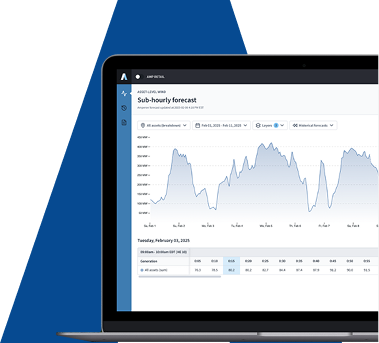
.svg)


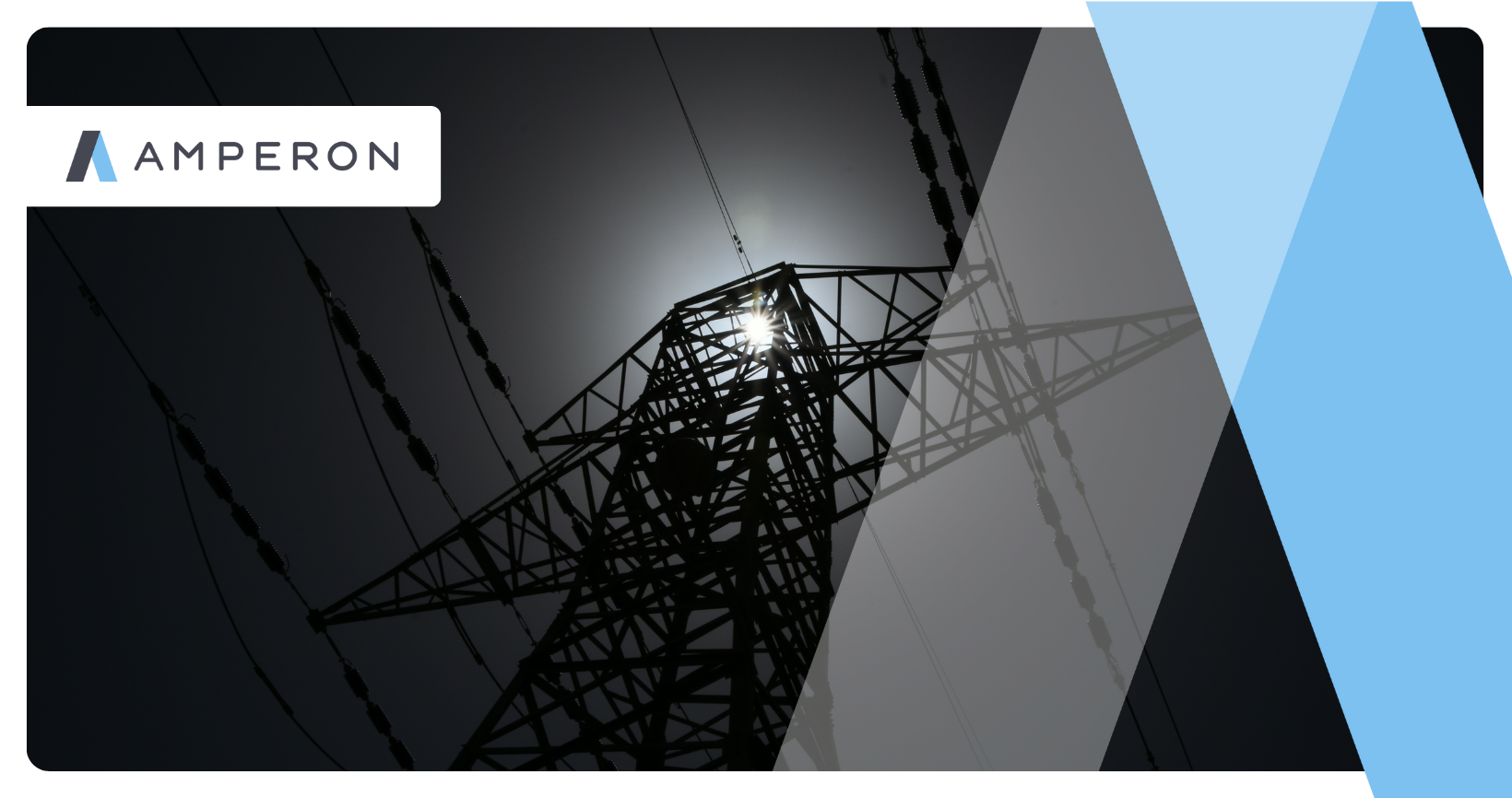

%20(3).png)
%20(2).png)
%20(1).png)



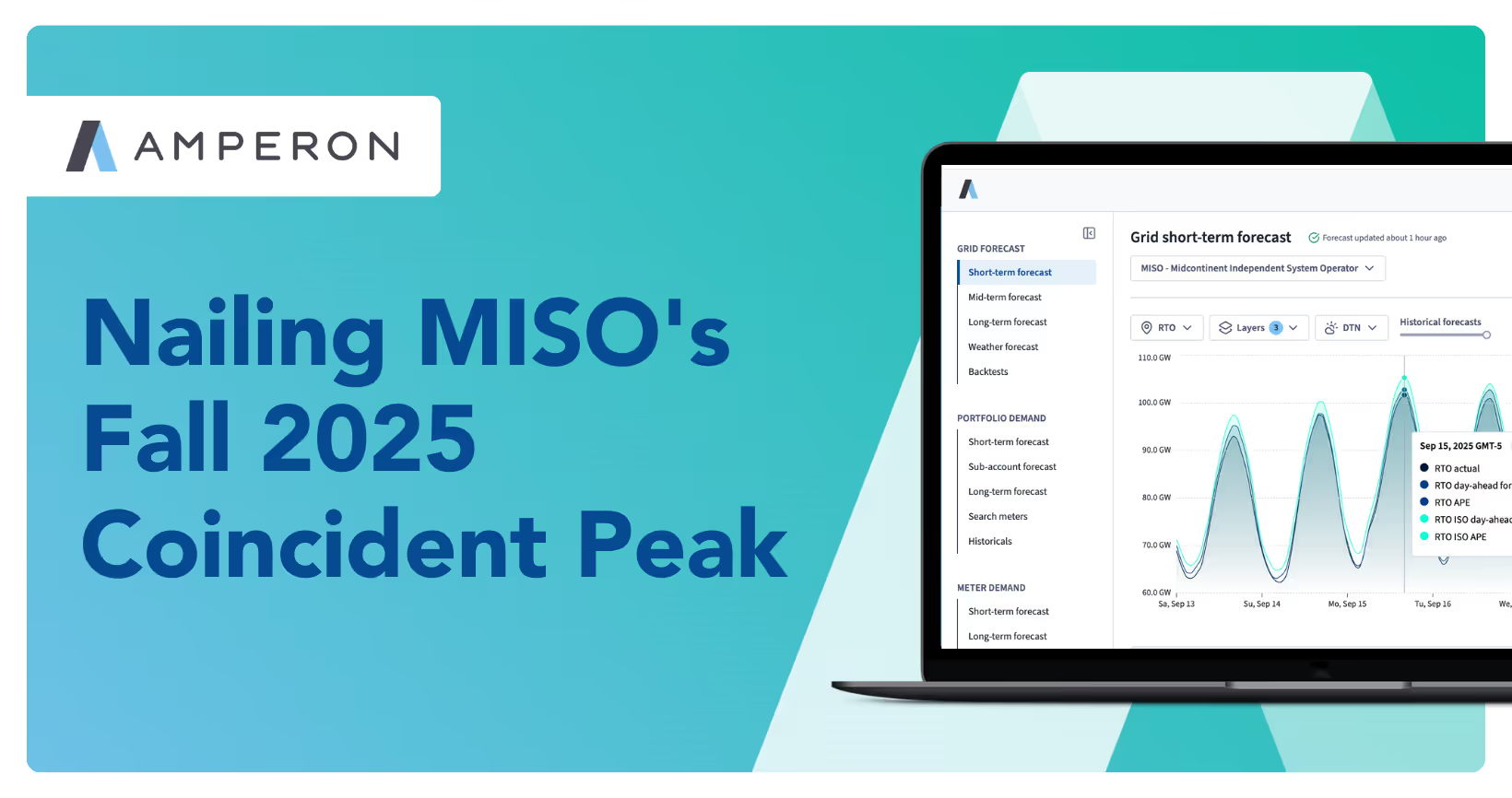


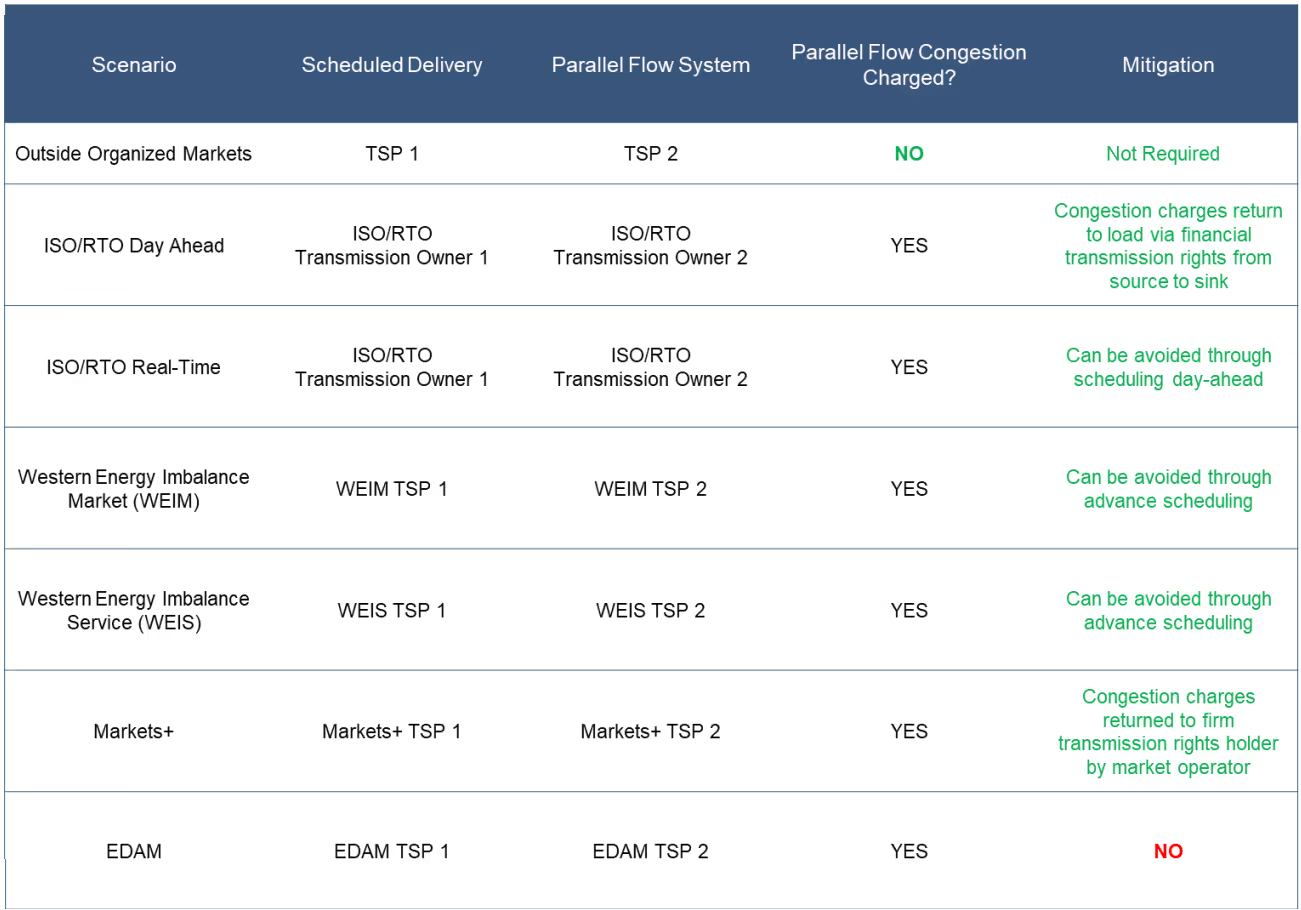
.png)

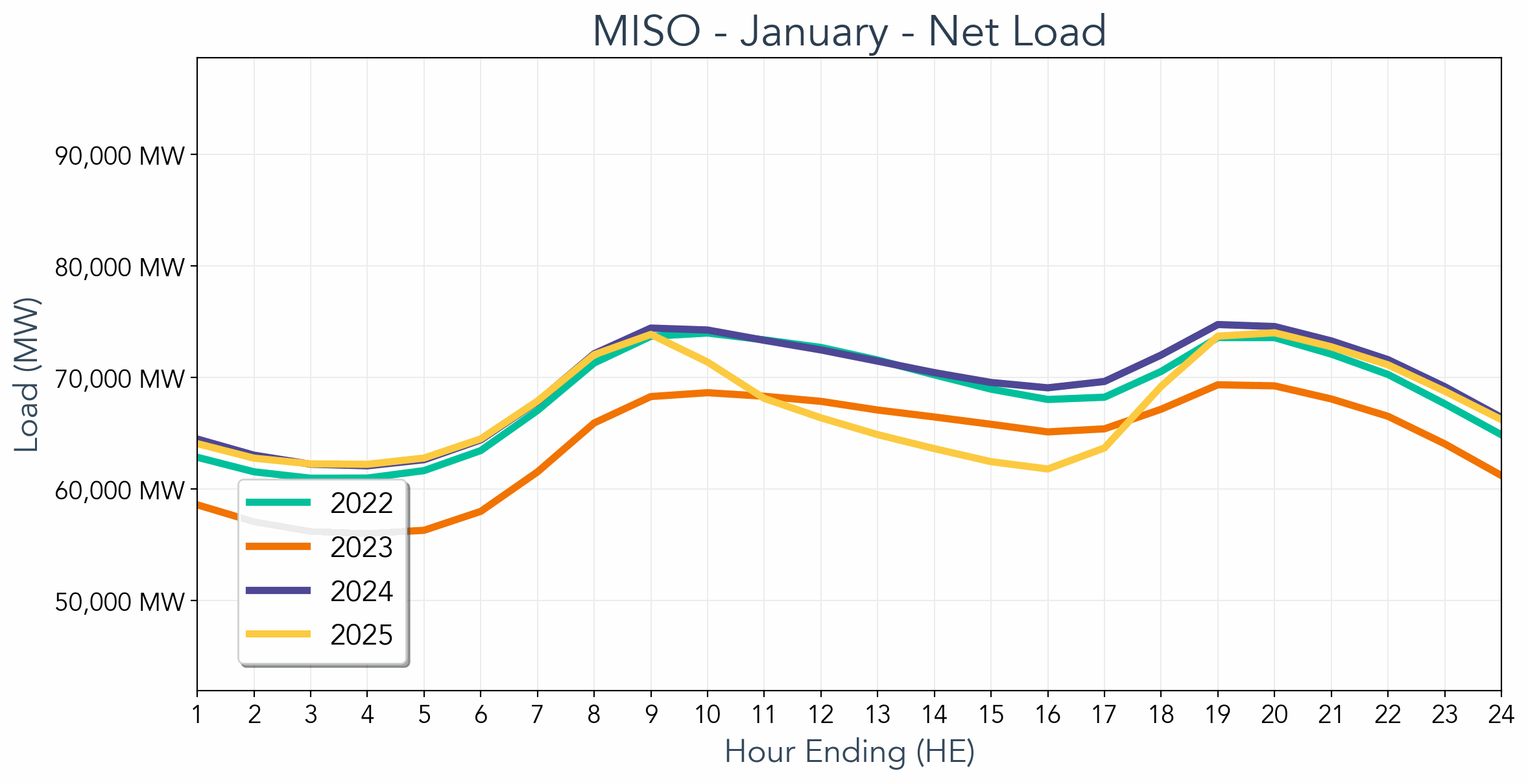

.avif)



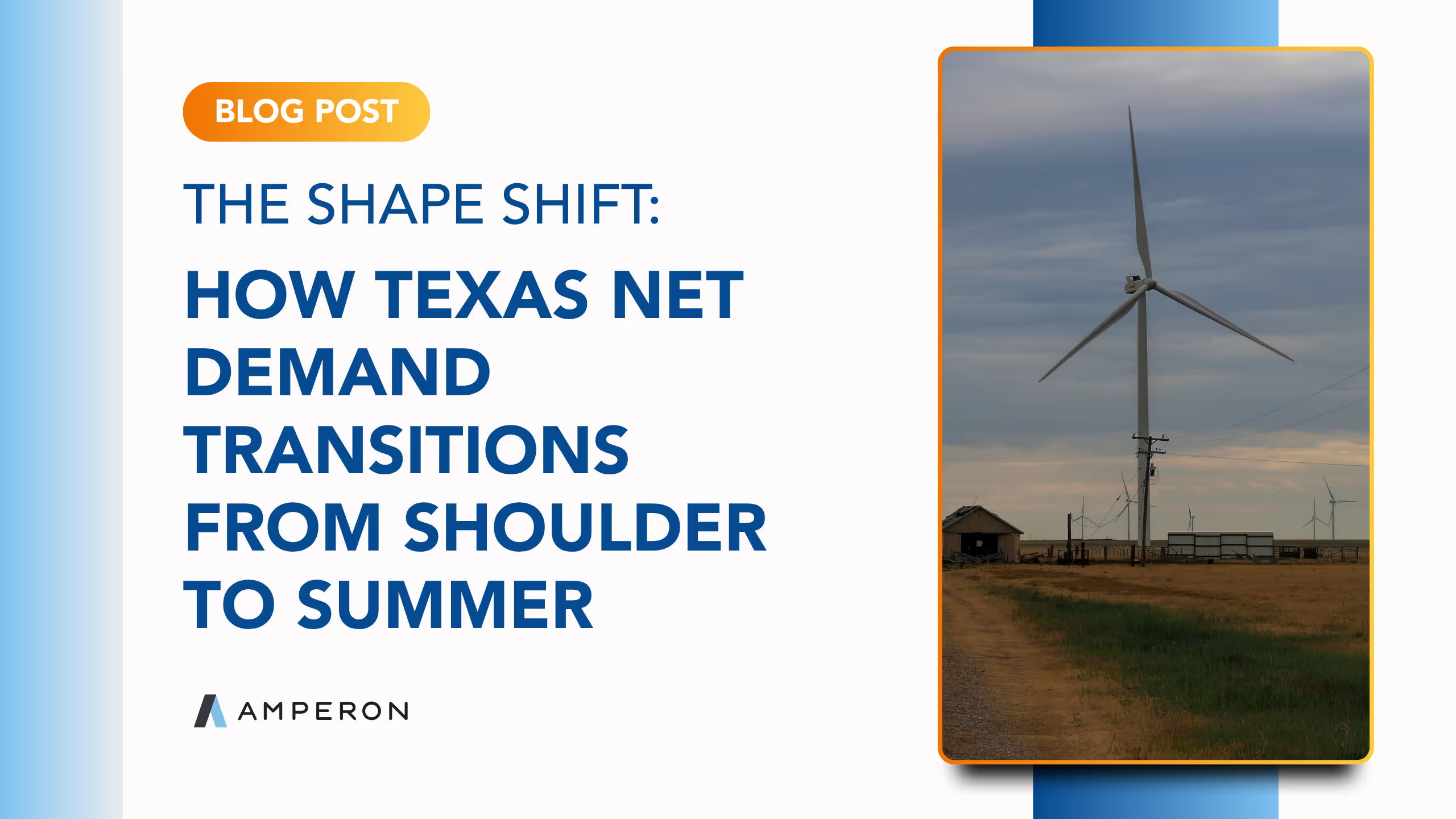
.avif)
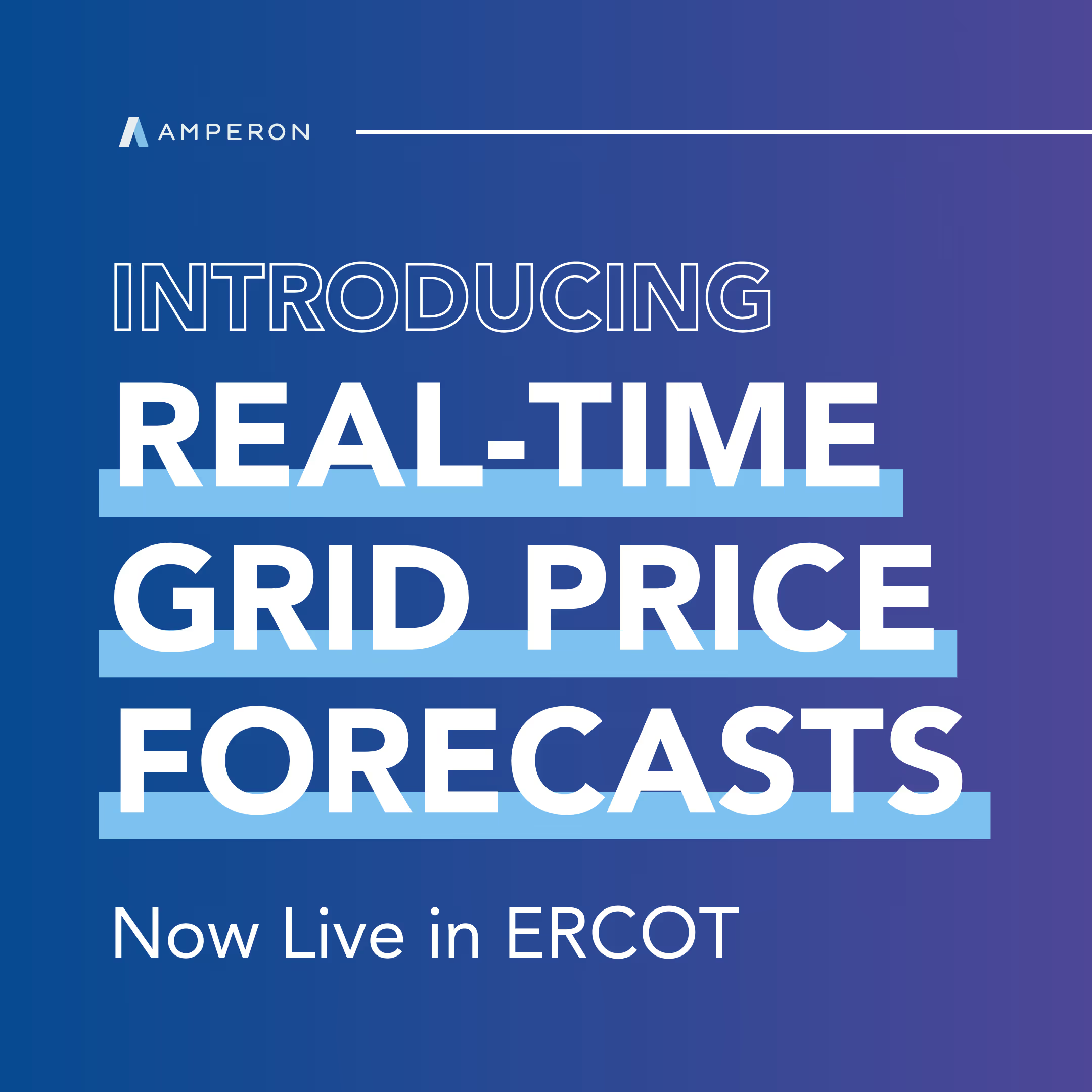
.avif)
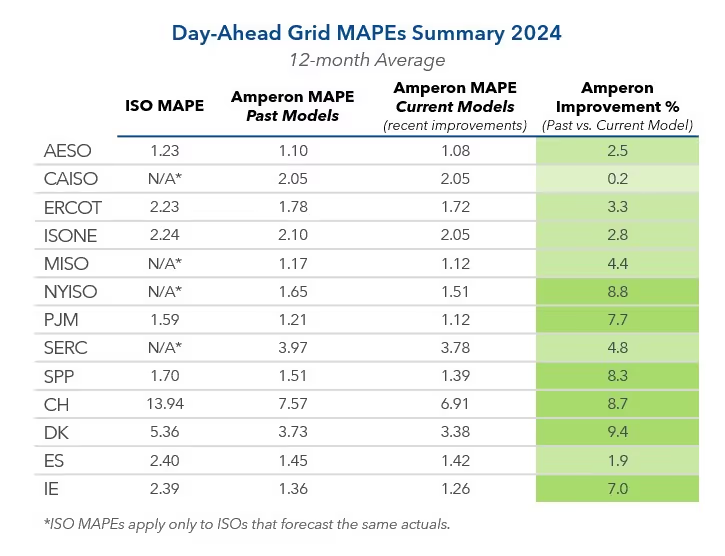

.avif)


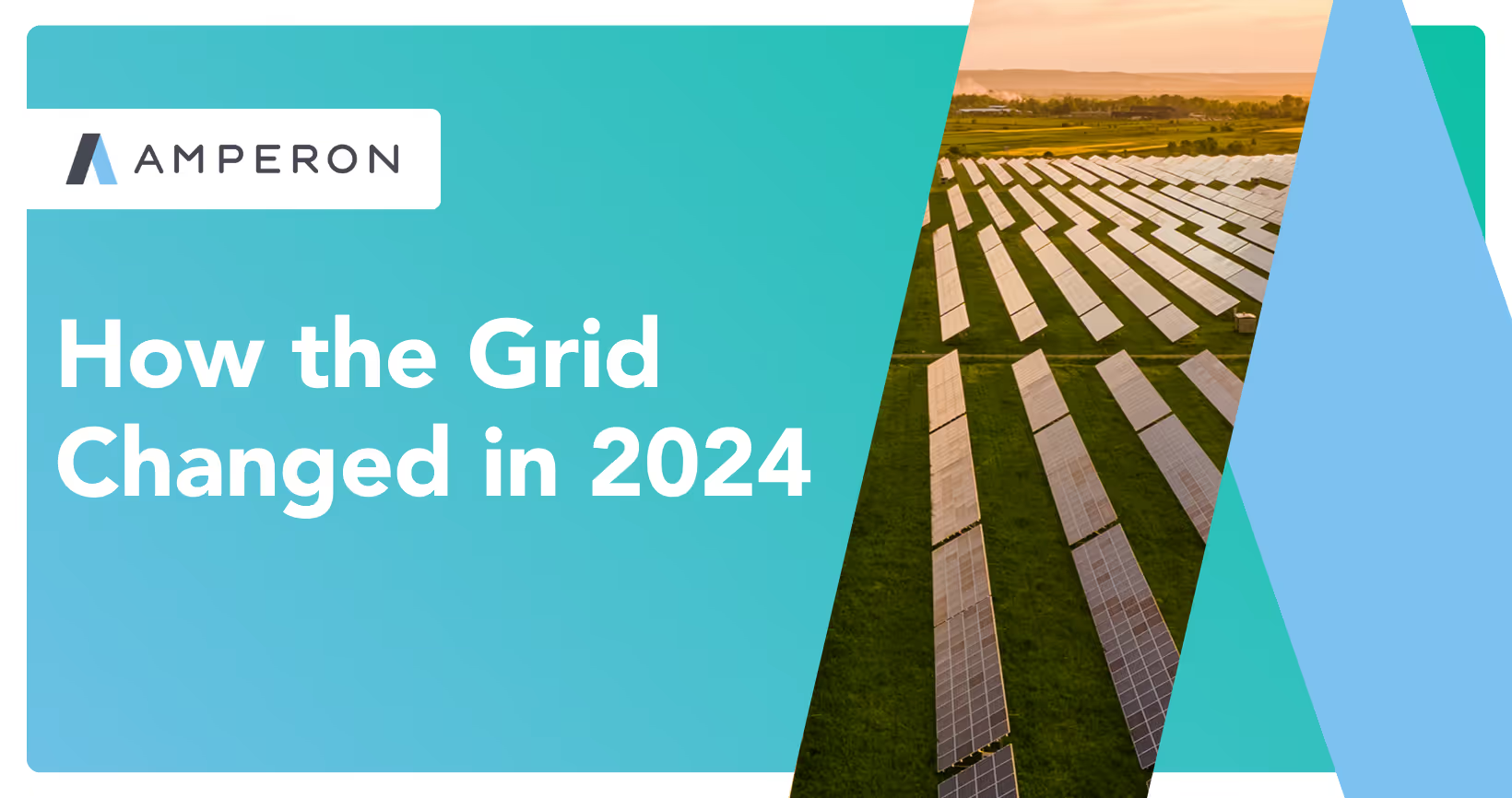
.avif)
%20(15).avif)
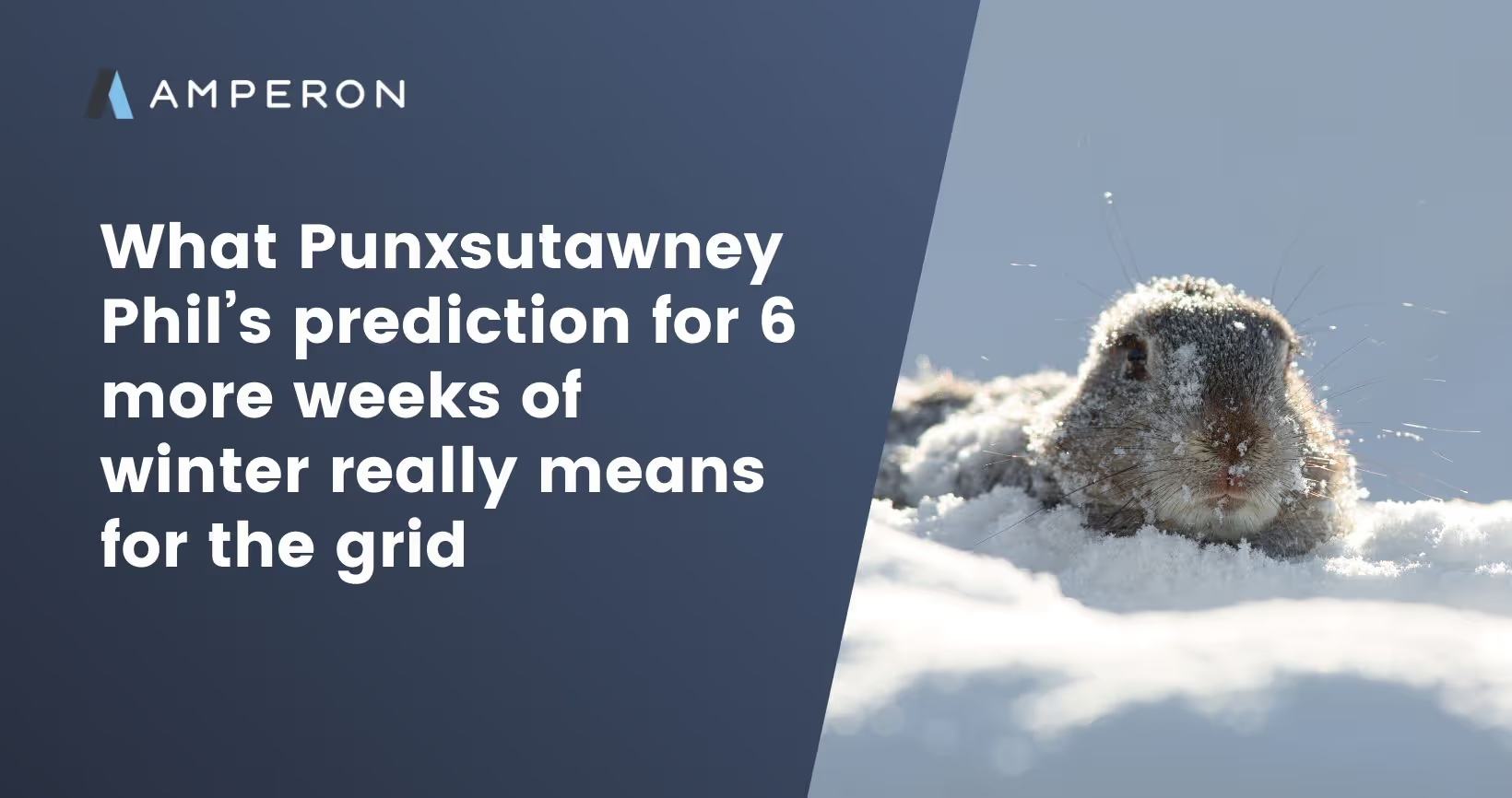
.avif)
%20(10).avif)

.avif)


.avif)

.avif)



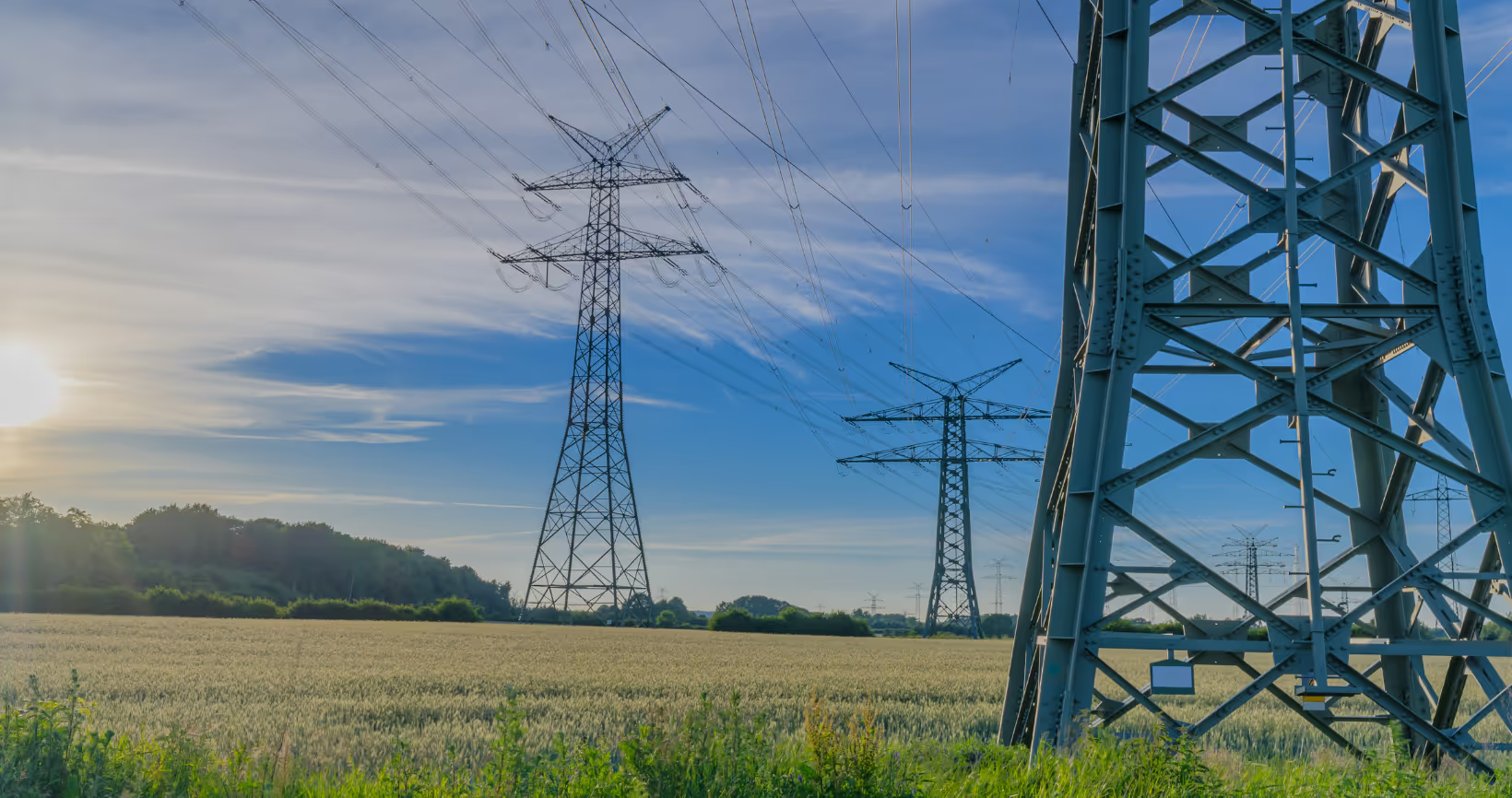


.avif)



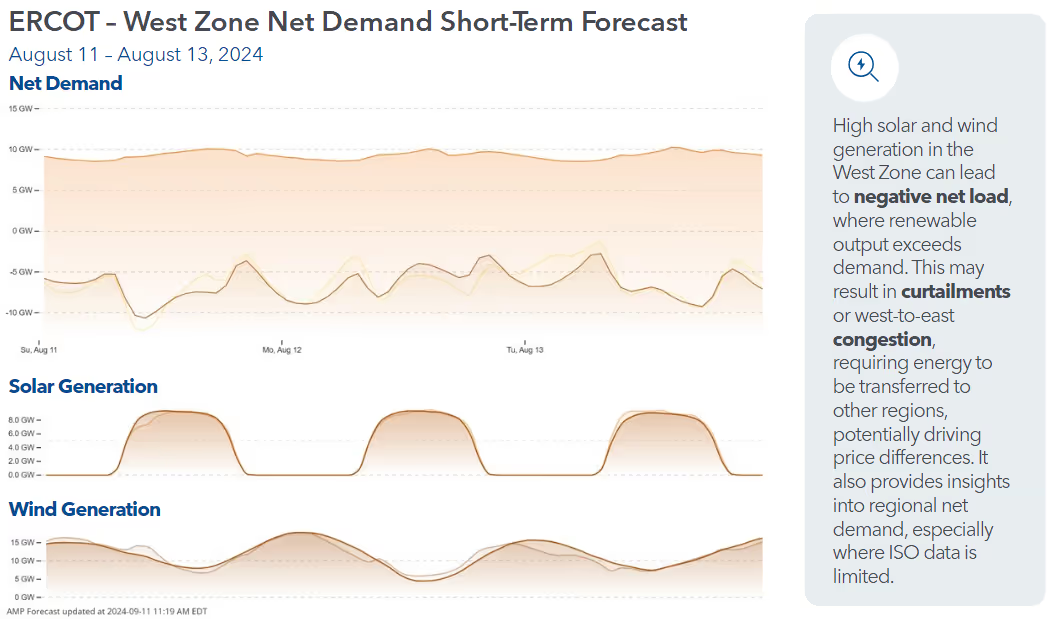
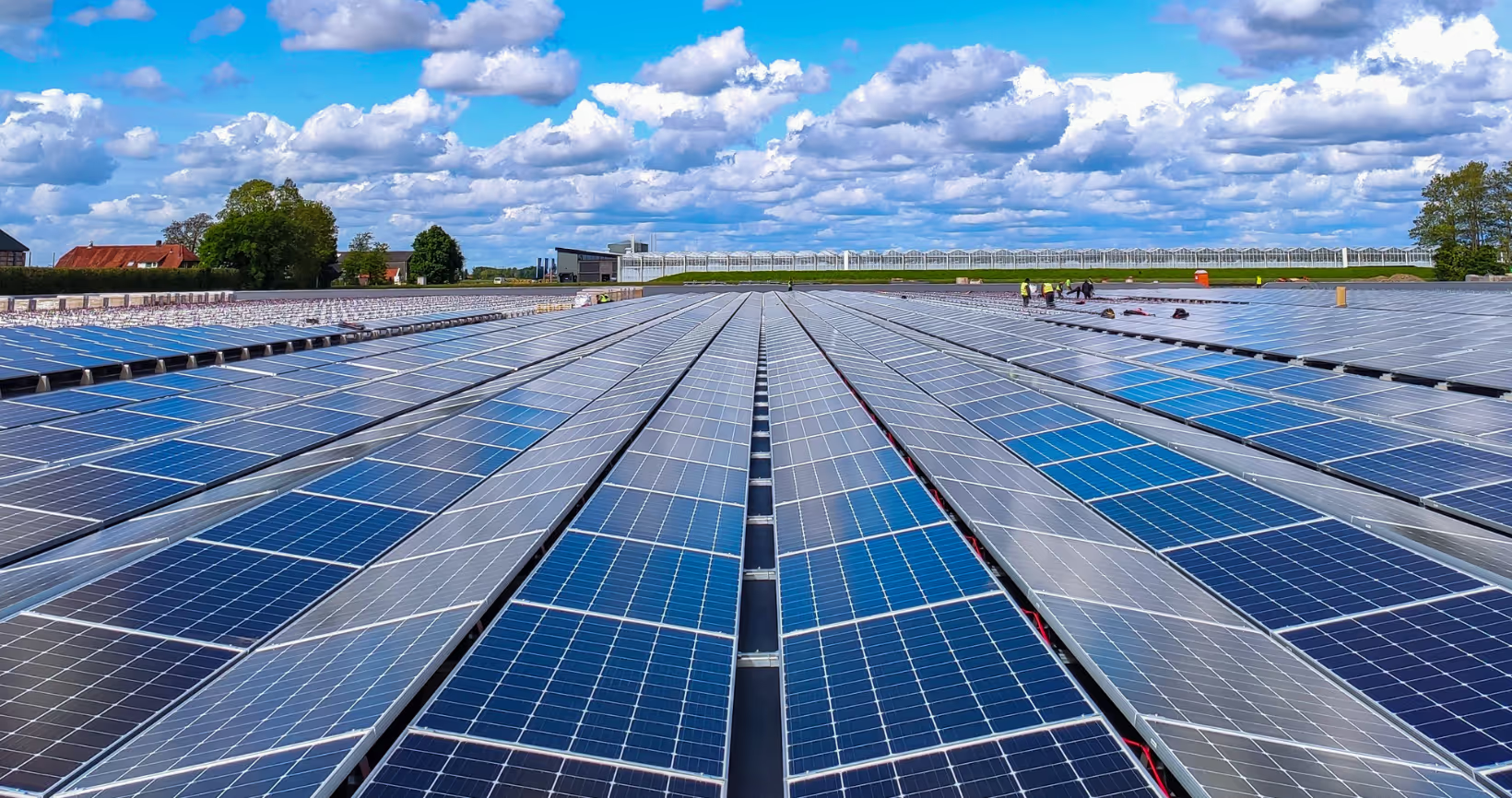




.avif)

.avif)

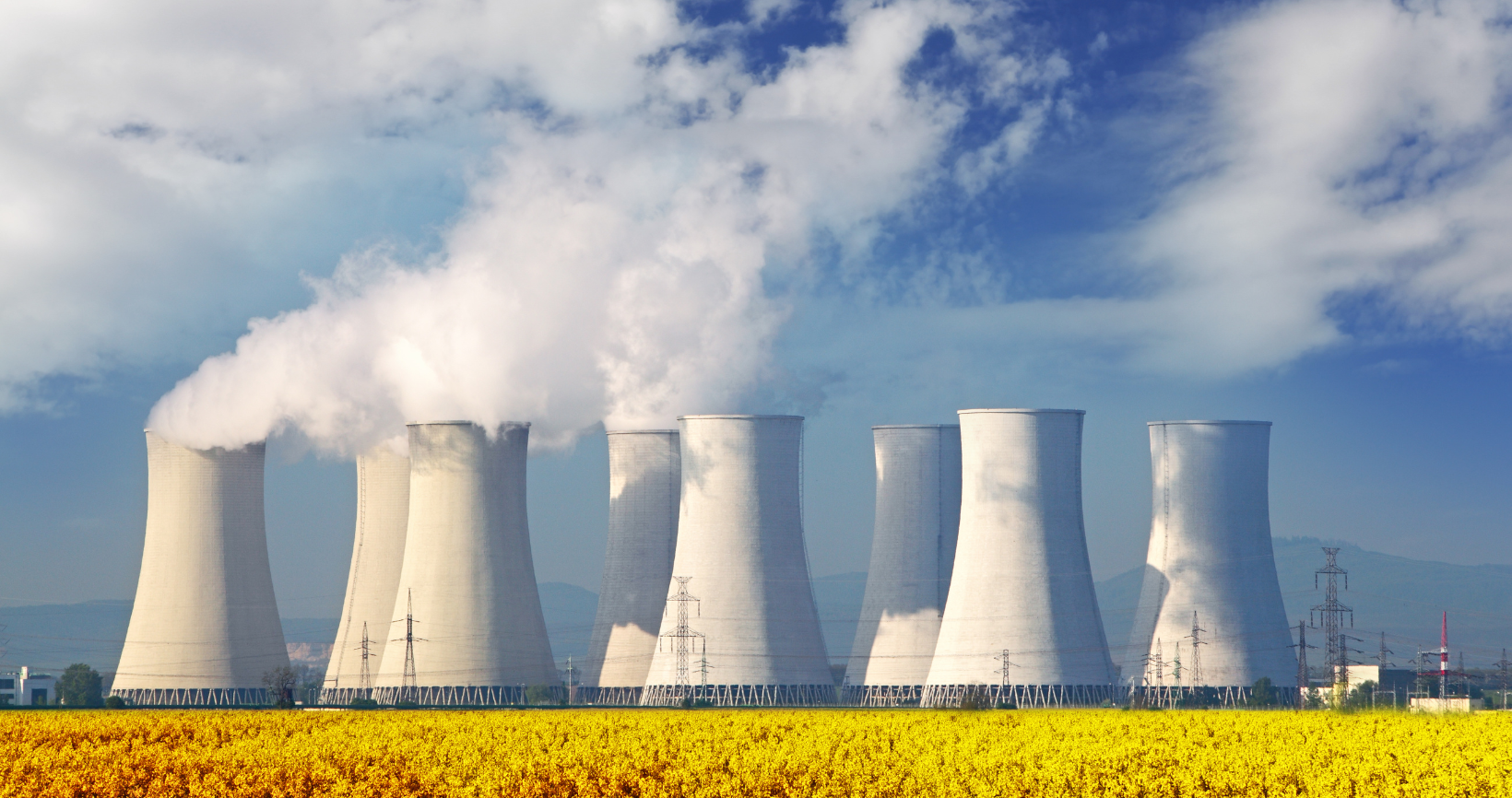


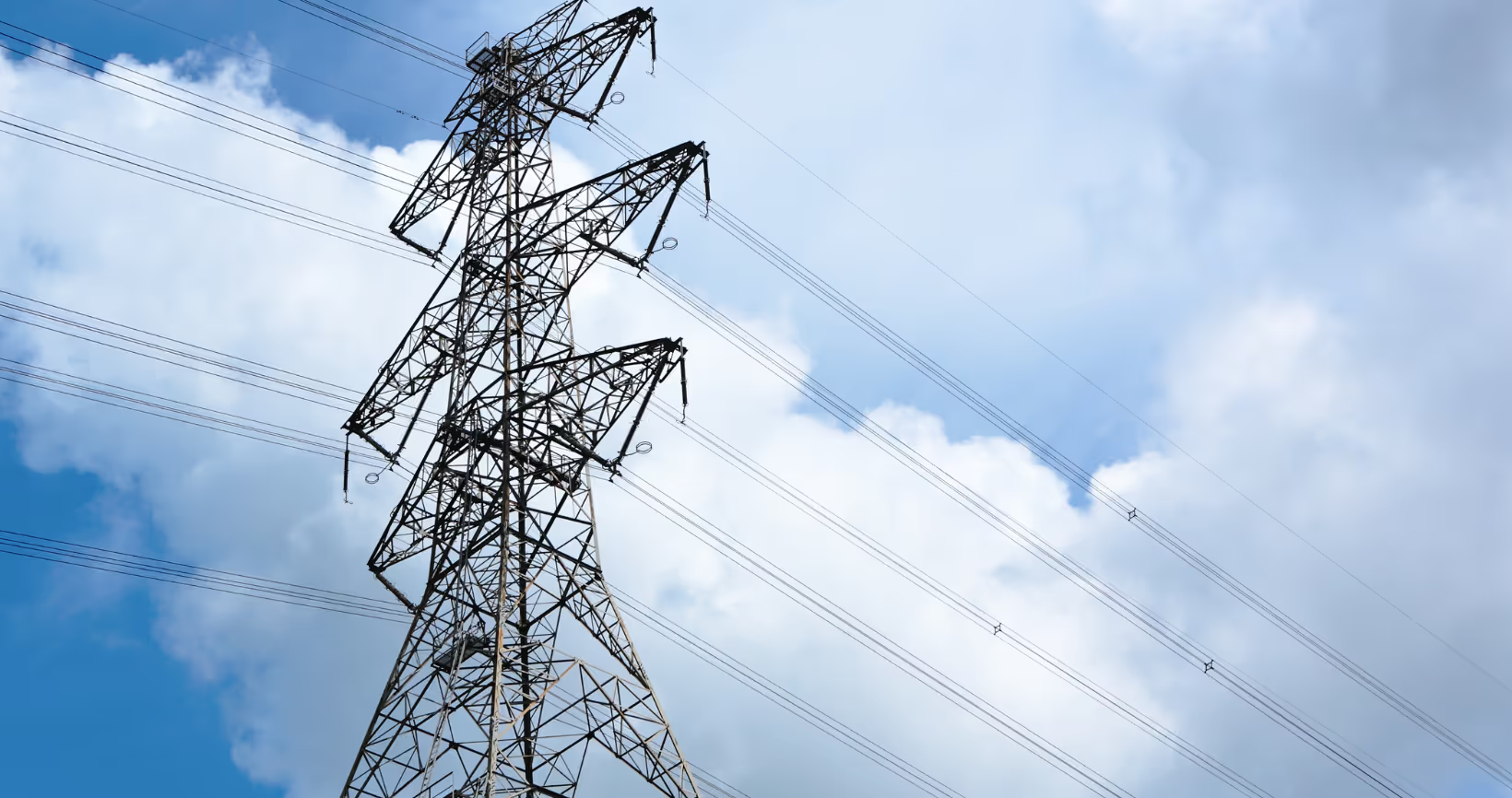
.avif)


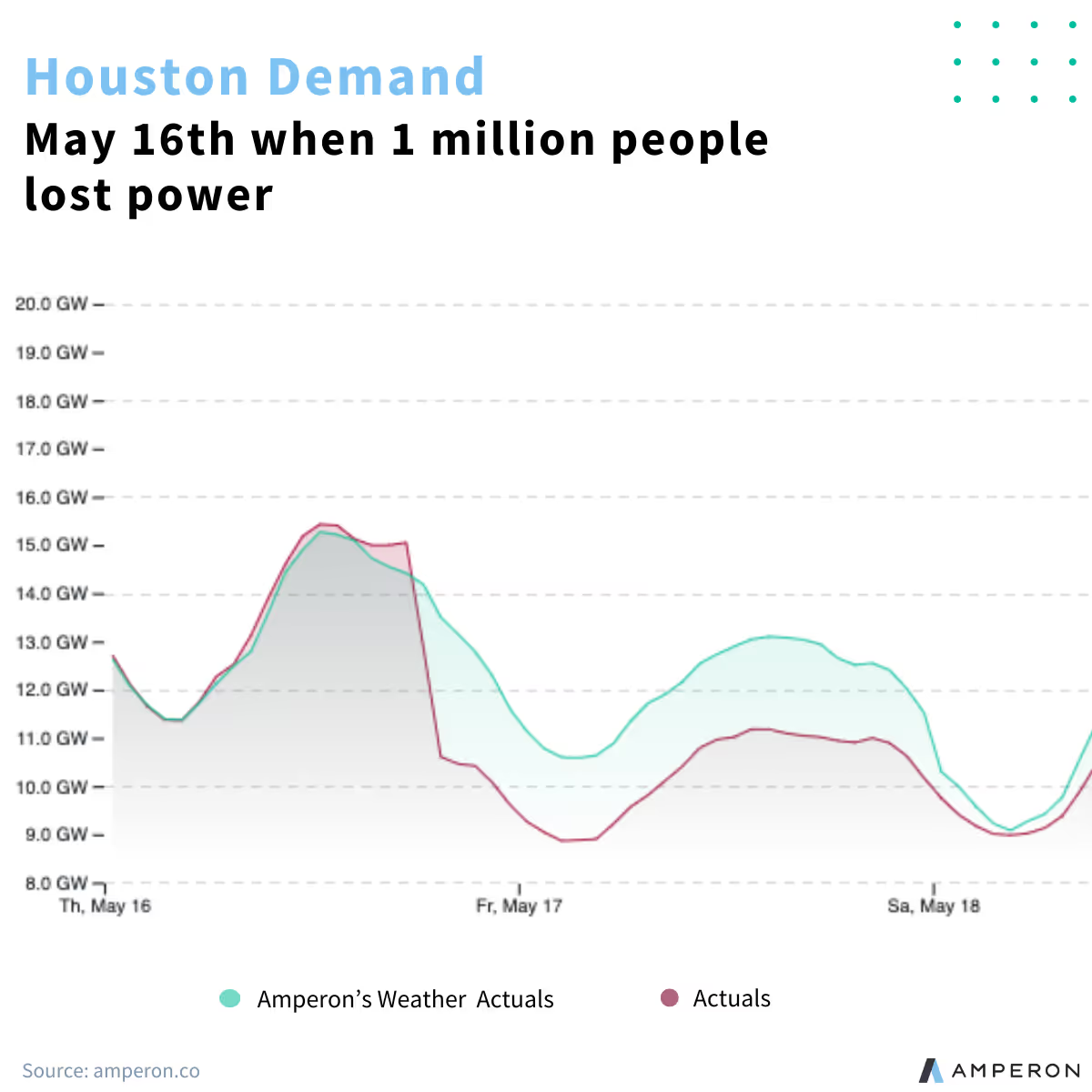
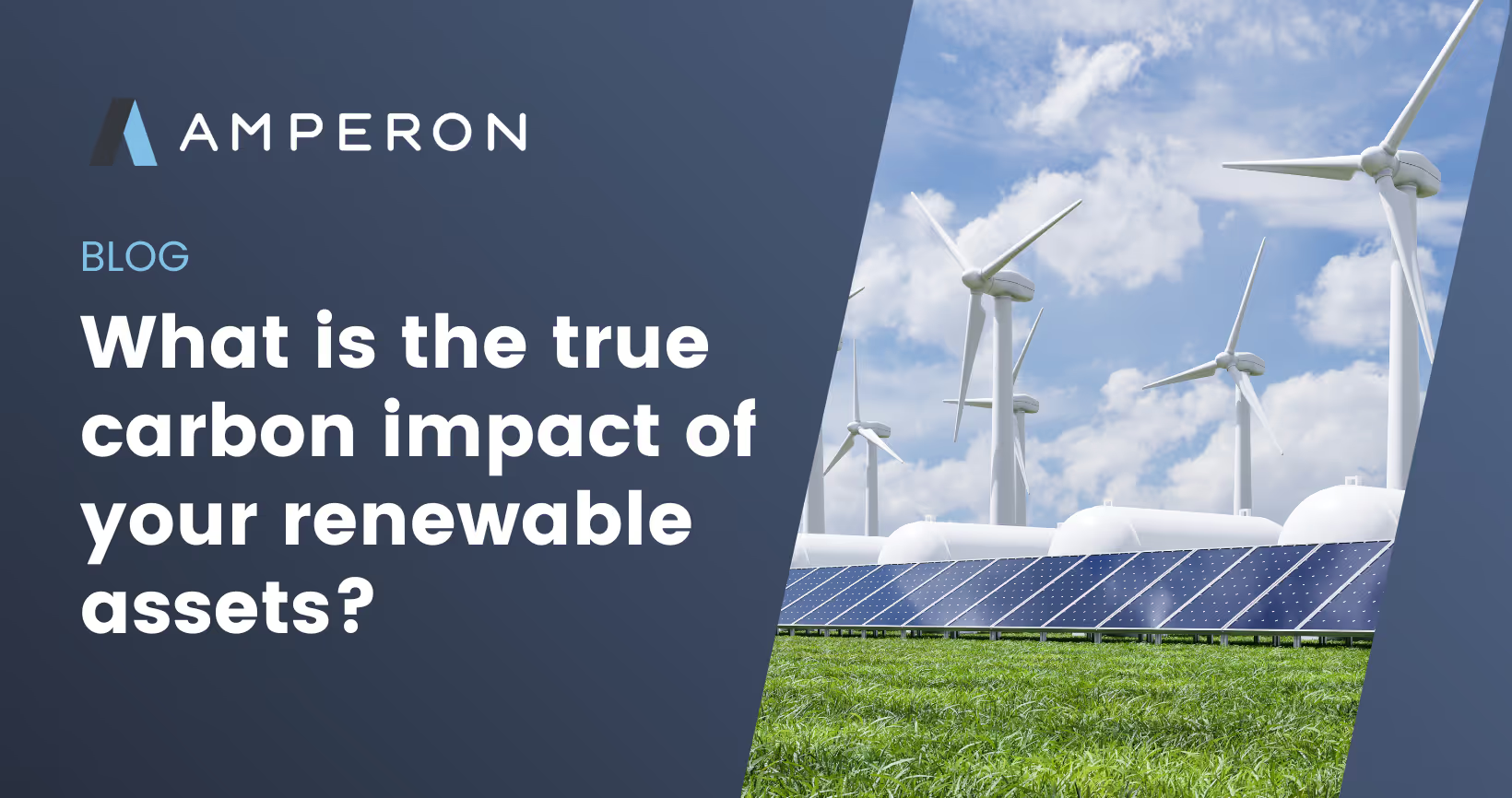

.avif)
.avif)



.avif)

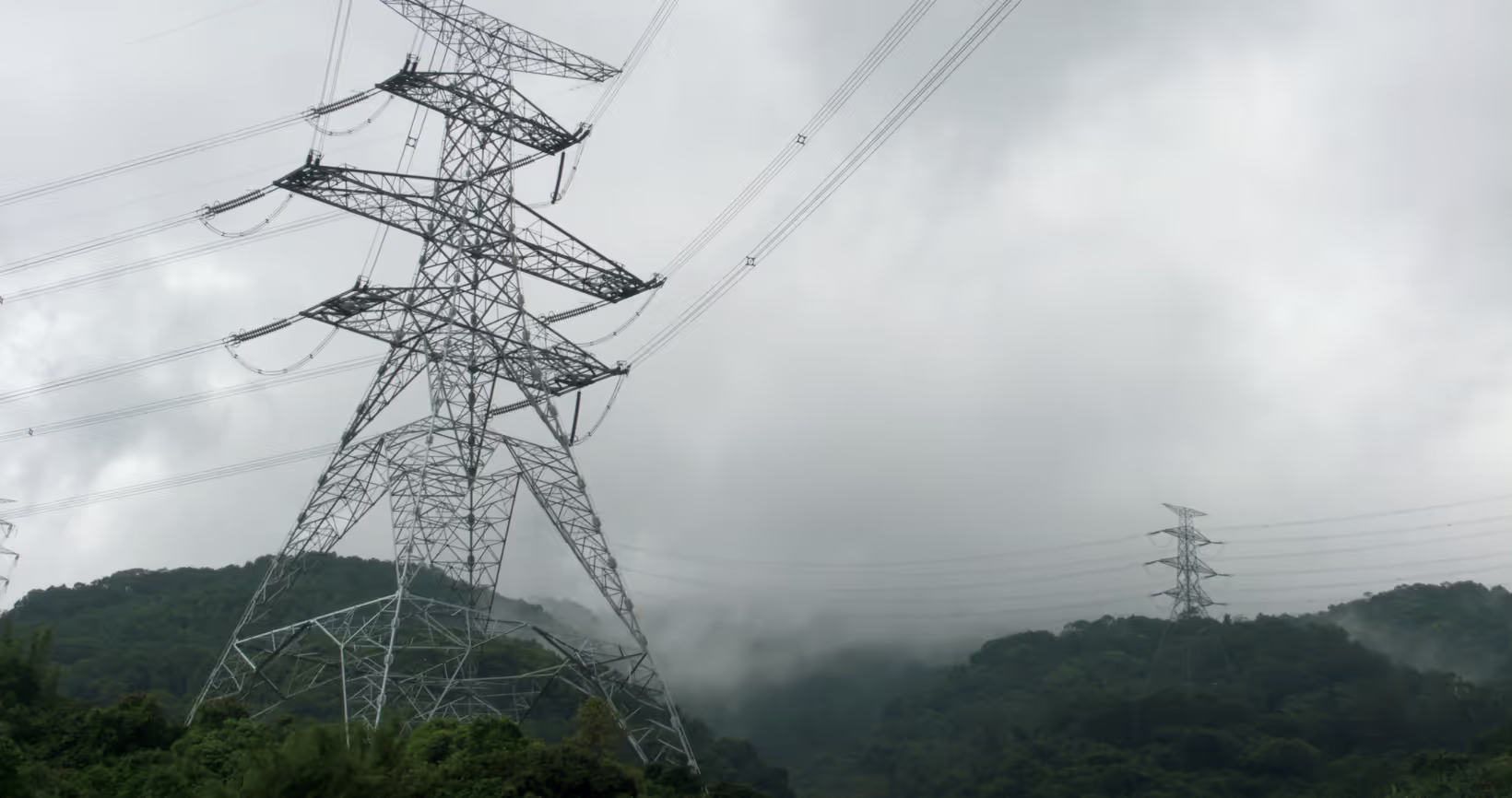


.avif)



.avif)
.avif)



